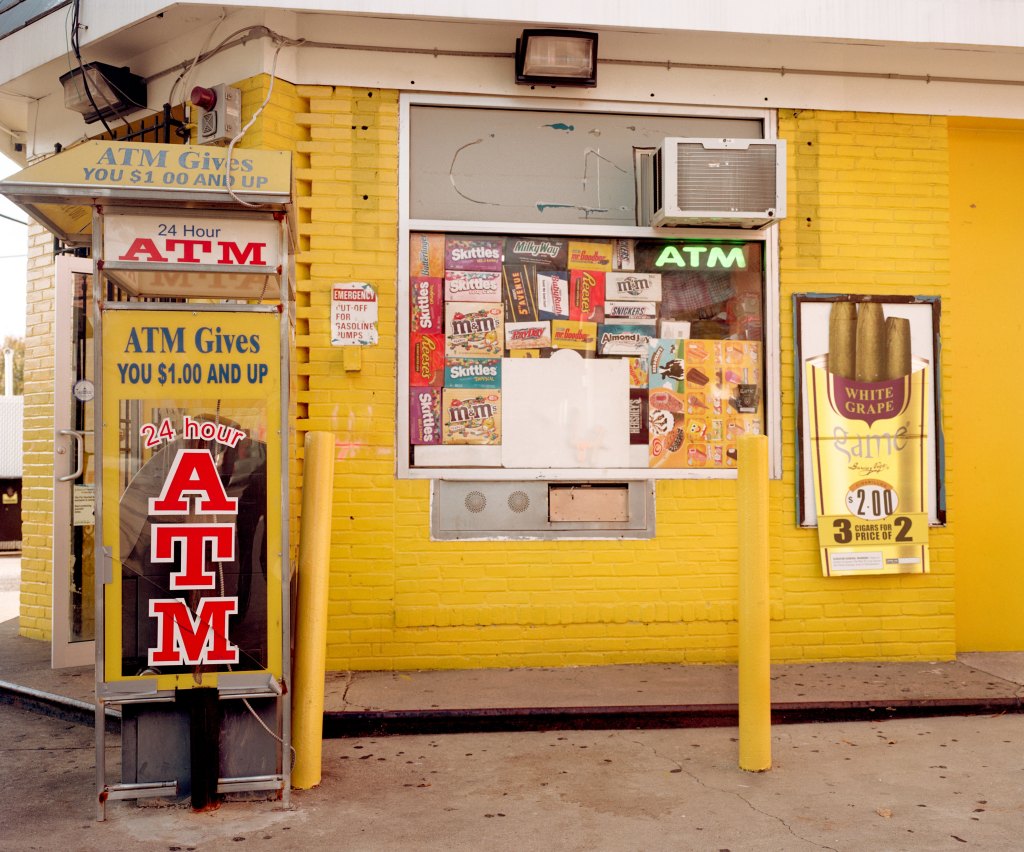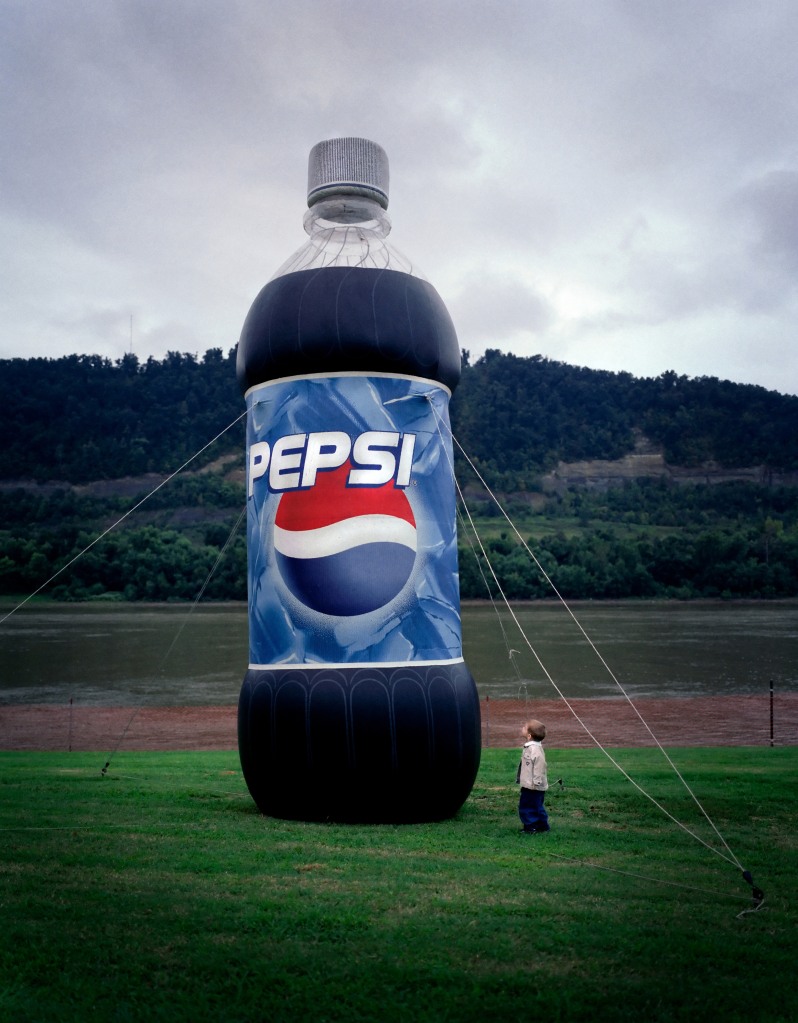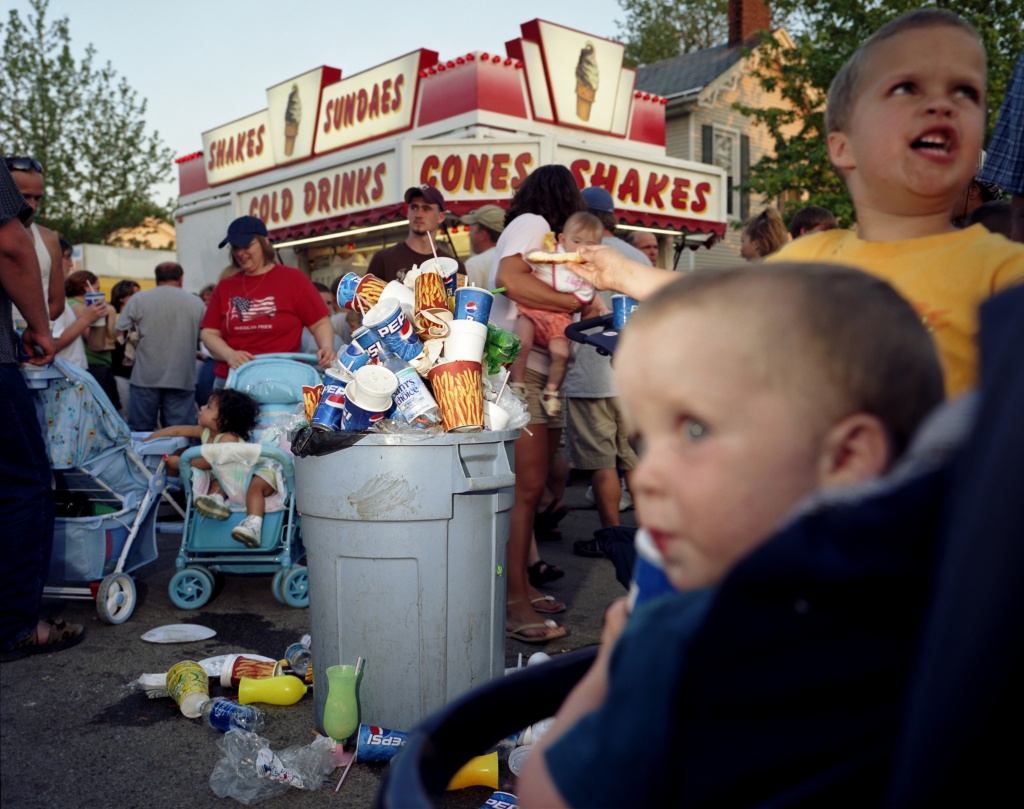“I started off as an artist. It wasn’t a choice, it was something I was reduced to. There is a part of me that only knew I existed if I made some kind of external representation of it on a sheet of paper.” – William Kentridge
In the past two years of pandemic I have been reckoning with this question repeatedly. I will be teaching a zoom class at the International Center of Photography this Fall on “Discovering a Personal Voice in Long-Form Photography” and in preparing for this course I find it helpful to write down my thoughts in an effort to organize them.

Pondering why I photograph has resulted in me stepping aside from my long term project, The Invisible Wall (excerpted), as it became apparent that my intervention was no longer welcome or appreciated (by “the powers that be”, not from the subjects of this project who have always been generous). This shift in mores I appreciate and respect, and if I am not in complete agreement with exclusionary practices of any kind (social, political, educational, etc), I understand and honor the original impetus from whence such dictates flow. I mean, it’s clear from just my language here that I am not what some locals call (mistakenly for a fact, and misguidedly in my belief) a “DC native” (they are not referring to the Nacotchtank), and therefore unqualified to work in neighborhoods where I did not grow up and try to understand the life and culture of an often misrepresented side of the city.

As a conscious adult child knows that grew up on two continents, and five states in ten years, I know that for me “native” is simply the desire for a state of inner belonging. My early peripatetic lifestyle along with challenging home dynamics led me to cloister myself in my room and read books as a way to escape and educate myself about how to behave in the world. In the absence of a true mother and father, words became my guardians, my comfort and solace. It affected the way I talk and think.
Often ridiculed,I have remained stoically unapologetic for my use of archaic vocabulary and corresponding mispronunciations because they were the vessels that transported me from chaos to safety. Language is meaning. All through my childhood, I had to struggle to find a place of meaning and belonging, and today that struggle is over, I have found my spiritual home from which I will never be severed because that place has been found within.

Which brings me back to why I photograph. A question I have been pondering for the past few years, and one with more answers than not, but all essentially boil down to the same idea of the performance of art as therapy. Like therapy, the work evolved in stages, so that my first successful photographic interventions were incisive (but some saw as cruel examinations) of an unhealthy, hypocritical world that was destroying our society.

An angry child whose boundaries were constantly transgressed returned the cruelty she suffered at the hands of an uncaring adult world by revealing right back to that world its own idiocracy. In a way, I was attempting to expose the wrongs of my childhood, but I did not understand this then, so I could not directly address the issues. I am not alone here. (See Bruce Gilden for a career that has been revered and normalized even as it has never evolved from the repetition compulsion of the angry toddler, plus I don’t see his work as being witty at all, but he’s a man so that aggressive response is ok [whatever]).
My intention was not then or ever to be cruel, but cruelty disguised was the metier of my family at large, and I knew no difference, until I did. It would take many years, many photographs, and the safe harbor of love and kindness from a few key people to evolve from this semi-feral state into the hero of my own journey. If any of this resonates with you, stick around, there’s more to come.
To be continued . . .